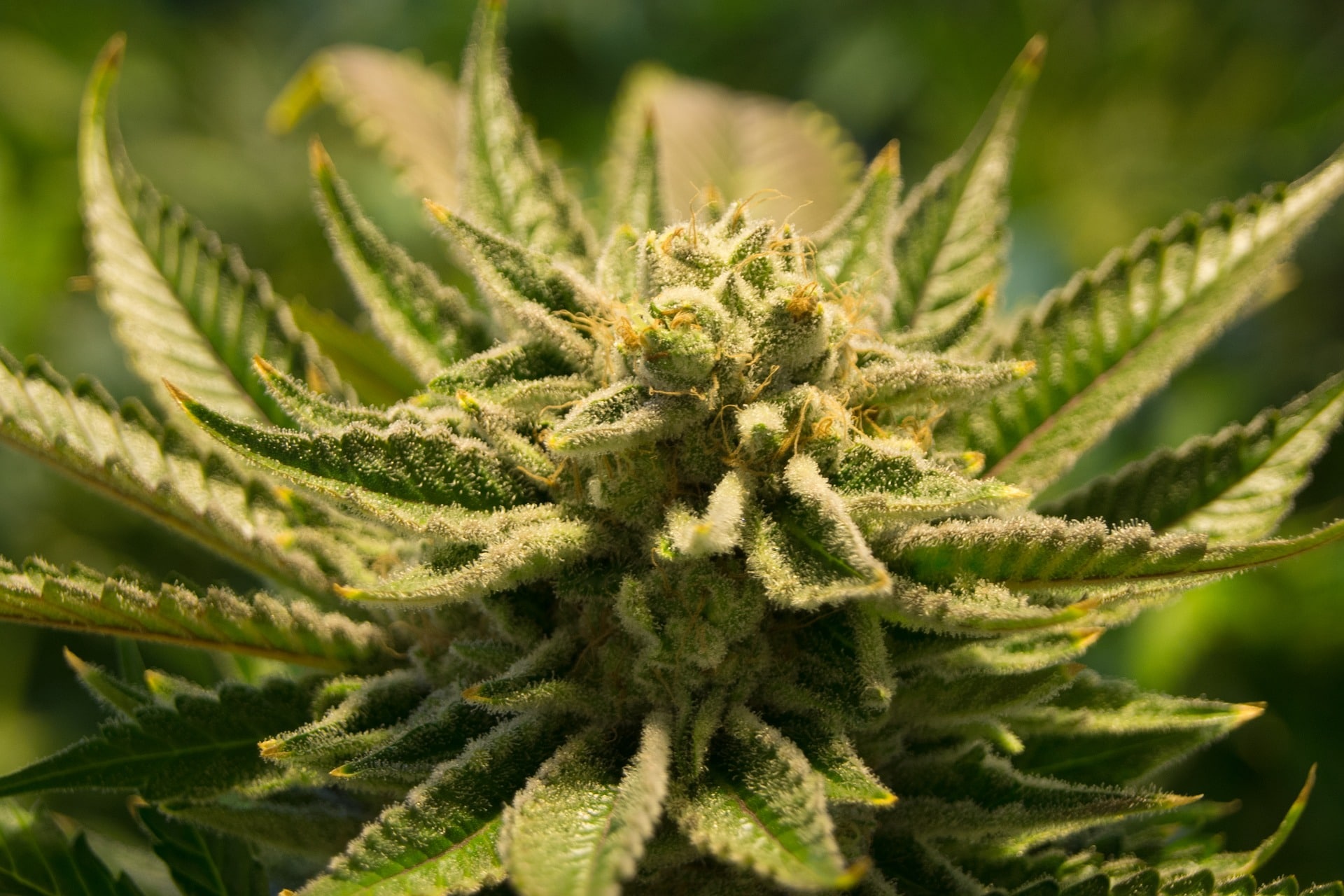
Psychedelic use, once associated with an increased risk of suicide, may actually make individuals less likely to commit suicide. Image Source: Wikimedia user Eloquence.
When I first thought about taking psychedelics, I felt terrified. I was certain a psychedelic substance would change who I was and possibly put me at greater risk for depression, psychosis, or even suicide. After all, that was what I had been taught in school and by countless authority figures. But, in reality, psychedelics have actually been shown to have a positive effect on mood and to decrease the likelihood of suicidal tendencies. When I learned this, I wondered how I had been so misinformed about psychedelics. It turns out that a history of stigma against psychedelics led to them being associated with suicide. Only recently has it become clear that classic psychedelic substances—such as LSD and psilocybin—may actually protect people against suicidal urges and help them deal with life and death in healthy ways.
Understanding the Historical Stigma
The idea of psychedelics being associated with death and suicide began in the early 1900’s when there was public backlash against peyote use by Native Americans. White Christian Americans saw the peyote spiritual practice as dangerous and blamed it for the suicide of a white man who had been tempted by peyote. Later, in the 1960’s, there were a few instances of suicide among psychedelic therapy patients. Once again, there was public outcry against psychedelics, but they failed to recognize that the number of patients who committed suicide was well within the average number of people who commit suicide regardless of psychedelic usage. In other words, psychedelic therapy did not increase the risk of suicide, but it was blamed for the inevitable negative outcome the practitioners were trying to address.
Today, psychedelics are still sometimes blamed for increased suicide rates because many surveys don’t differentiate between various kinds of substances. Participants in surveys often get their psychedelics from unreliable sources, so they cannot be absolutely sure what they are taking. They may think they have taken LSD or MDMA when they have actually taken another substance. Substances such as PCP or scopolamine (found in Datura) also often get lumped in with other psychedelics in studies and, although these substances also have hallucinogenic properties, they cause very different effects from psychedelics such as LSD, peyote, or psilocybin. In fact, PCP and scopolamine are dissociatives that may render the user completely unaware of their actions and increase the likelihood of risky behavior in ways that classic psychedelics do not.
The idea that psychedelics cause suicide is founded on myths and public fear against the substances as well as incomplete data in various studies and surveys. In fact, most recent studies have shown that psychedelics can actually help reduce suicidal tendencies and improve mental health.
Current Ways Psychedelics Are Being Used to Deal With Death
With the recent resurgence of interest and funding for psychedelic therapy studies, research has been able to explore the various ways psychedelics can help people deal with mental health issues such as anxiety, depression, and PTSD—which may lead to suicidal tendencies—and how psychedelics can help terminal patients face end-of-death anxiety. Both of these fields involve people who may be at a slightly higher risk of committing suicide, but instead of psychedelics are seen as a possible way to decrease suicidal tendencies and allow patients to live their lives to the fullest. Unfortunately, it is still not known exactly how and why psychedelic use may decrease suicidal tendencies, but there are a few theories among the research community.
Recent research has shown there is a correlation between psychedelic use and a decrease in planning and attempting suicide. The data in this research came from a broad drug use survey and was unable to show the exact link between the reduction of suicidal behavior and psychedelics, but it did make researchers question why they might be related. One possibility is that psychedelic use can improve one’s mood on a chemical level, similar to how prescribed antidepressants such as Paxil work. Another theory is that psychedelics cause a spiritual awakening, thus making an individual feel more connected to their life and leading to a deeper appreciation of the world. These two possibilities require further research, but they point towards the idea that a psychedelic experience can potentially inoculate a user against suicidal tendencies by improving overall mood and helping people find more meaning in their lives.
It’s also interesting to note that psychedelics like MDMA and psilocybin are currently being studied as aids for decreasing anxiety in those diagnosed with terminal illnesses such as cancer. When hearing about these studies, you may be tempted to jump to the conclusion that, if psychedelics decrease anxiety around death, then they could also make certain individuals feel more comfortable with their decision to commit suicide. But the results are actually the opposite; the patients in these studies had a greater appreciation for their final days and, rather than wanting to die, were able to accept their illness without fear of their impending death. Although there are many ways for terminal patients to reach a place of acceptance, the positive results of these studies may be related to the significant spiritual experience many participants claim to have while undergoing psychedelic therapy. This spiritual reflection may help them confront their fears about death in ways they would not be able to without psychedelic assistance.
Methods for Mitigating the Risk of Suicide
While past myths regarding psychedelics and suicide are being disproven, users and researchers should be aware that psychedelics are powerful substances that do come with certain risks. Fortunately, modern researchers are taking steps to mitigate any risk of suicide related to psychedelic therapy. For one thing, modern psychedelic studies include a thorough screening process that eliminates people at particularly high risk for suicide such as those who have made a suicide attempt within the past year or people with various mental conditions such as psychosis or schizophrenia. Once studies begin, the substances and doses that patients receive are carefully controlled. Unlike street drugs, researchers are sure of what their participants are taking and there is no risk of crossover from other illicit substances. And perhaps most importantly, the set and setting is carefully controlled in psychedelic therapy or research. A sober sitter who can help redirect negative thoughts and actions remains with the participant at all times, and the participant stays in a safe, secure environment throughout their experience. Afterward, support is offered for several weeks to help the patient integrate their experience. Only using psychedelics in safe, controlled environments where these precautions are observed helps mitigate any risk of suicidal behavior.
Because of the “war on drugs,” psychedelics have become misunderstood by the general population, and the association of psychedelics with suicidal behavior is just one of the ways these substances have been misrepresented. But when peeling back the stigma against psychedelics, it can be tempting to say that psychedelics are a positive cure-all. The reality is likely somewhere in the middle. While psychedelics can be used to help many mental and physical issues, they can also be harmful to certain individuals when taken without guidance. To better understand psychedelics, there needs to be further study into the controlled, guided usage of these substances to fully understand the ways they can help prevent suicide among members of our society.









